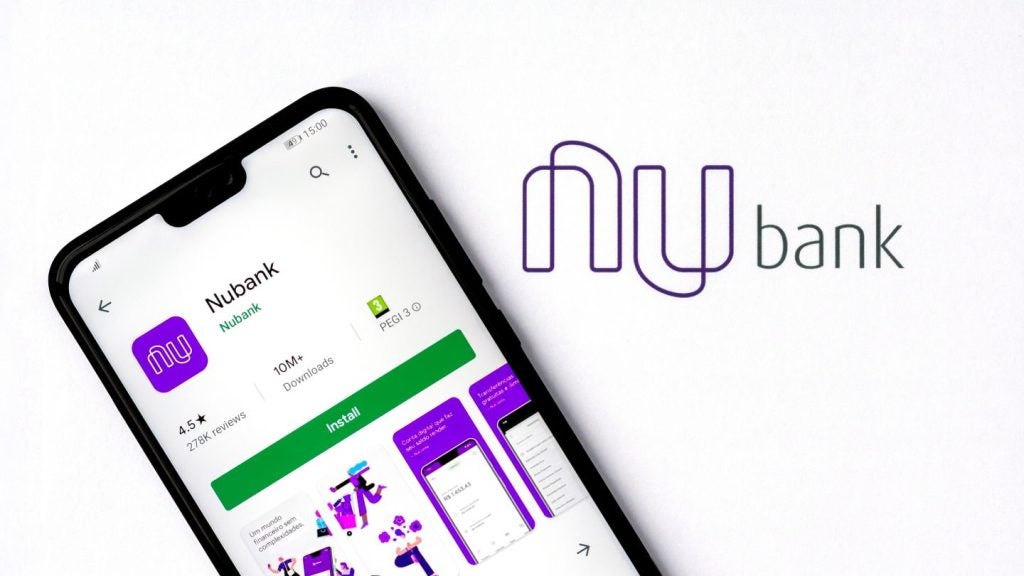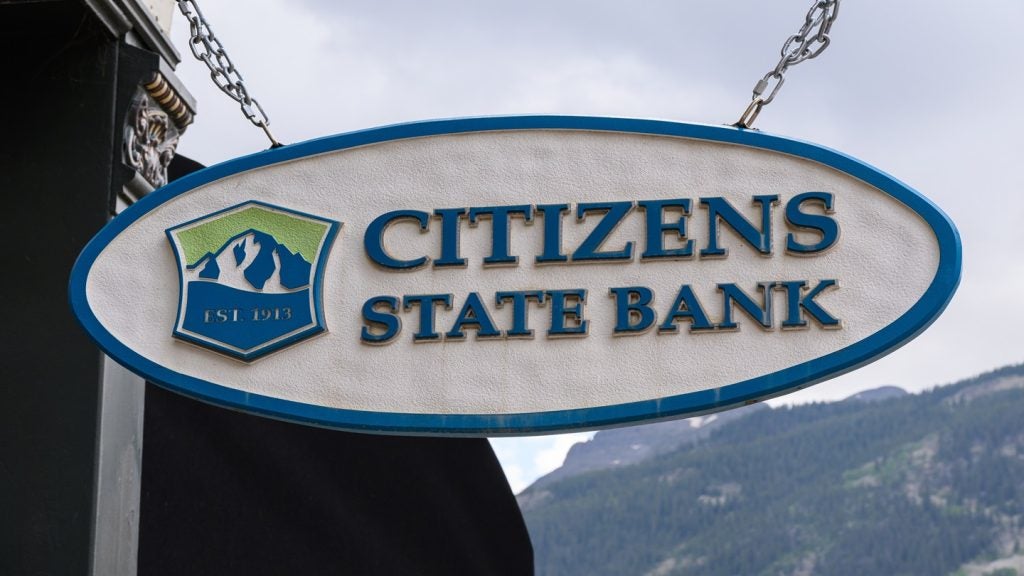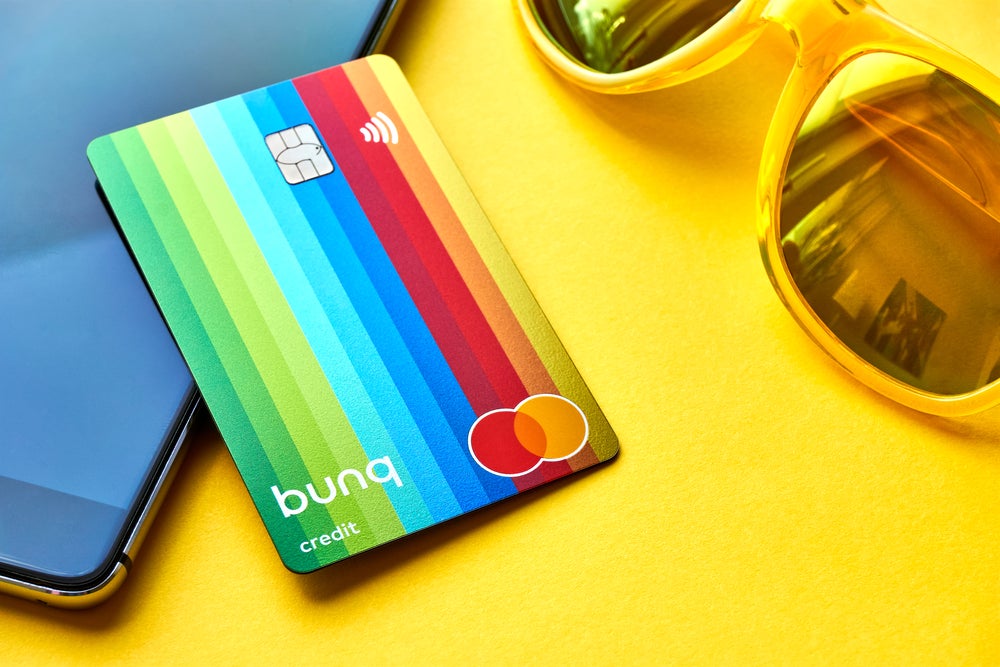Despite massive efforts by the US banking community to
tap into the country’s vast number of underbanked consumers over
the past decade – think subprime, for instance – there remain an
awful lot of them.
According to a major study by non-profit group the Center for
Financial Services Innovation, there are 106 million underbanked
and unbanked individuals in the US, around one in four of the
population. The sheer size of the group represents a “massive
untapped market for banks and consumer finance providers to
target”.
 CFSI’s report resulted from
CFSI’s report resulted from
a survey of almost 3,000 US consumers with median and mean
household incomes of $26,390 and $47,500, respectively. Underbanked
is defined as “may have current checking account and/or current
savings account if individual made one or more non-bank financial
transactions in the past 30 days”.
Unbanked is defined as “no current checking account and no
current savings account”.
The study aimed to gather information on their attitudes,
behaviour, preferences, needs and experiences, with the aim of
helping financial service providers target the estimated 40 million
underbanked US households.
It linked survey respondents to their credit scores to better
understand the credit profiles of the underbanked.

US Tariffs are shifting - will you react or anticipate?
Don’t let policy changes catch you off guard. Stay proactive with real-time data and expert analysis.
By GlobalDataWhile a solid group (26 percent) had prime credit scores, 32
percent were considered subprime and almost half (42 percent) had
no or very low scores.
Consumers’ perceptions of their credit profile largely mirrored
their actual profile. Of those surveyed, 28 percent of all
underbanked consumers had borrowed money in the last 12 months,
with unbanked consumers slightly less likely to have borrowed in
the last year. The perception of not having enough money to make
the account useful was the top reason given for not having a bank
account.
Paying bills was given as the top reason for operating an
account, yet cash (51 percent of respondents) remained the most
common form of payment for bills and all payments.
Eight market segments
In conclusion, the research divided the US underbanked market
into eight, loose segments, such as ‘borrowers’, ‘almost theres’,
‘middle of the roaders’ and ‘cash is king’ people.
The ‘almost theres’, for instance, are more likely than others
to be part of traditional financial institutions via a current
account – over 60 percent have them – which they like to have to
make bill paying easier and to keep track of their spending. A
smaller portion have savings accounts.
‘Cash is king’ people, on the other hand, are most likely to
rely on cash for all their financial transactions.







